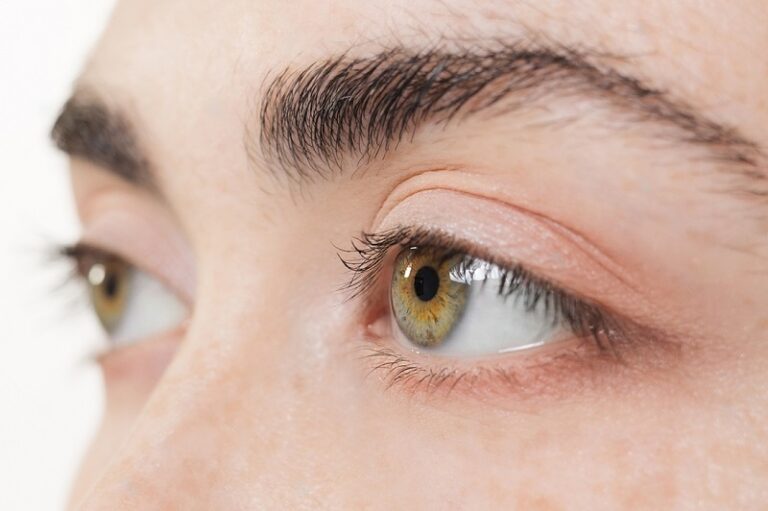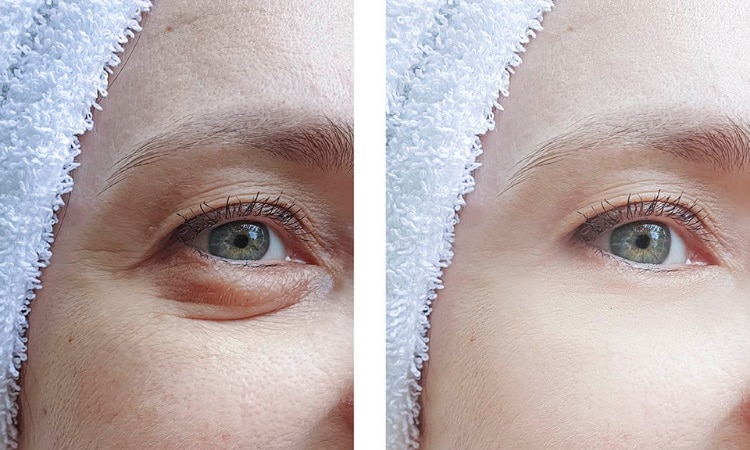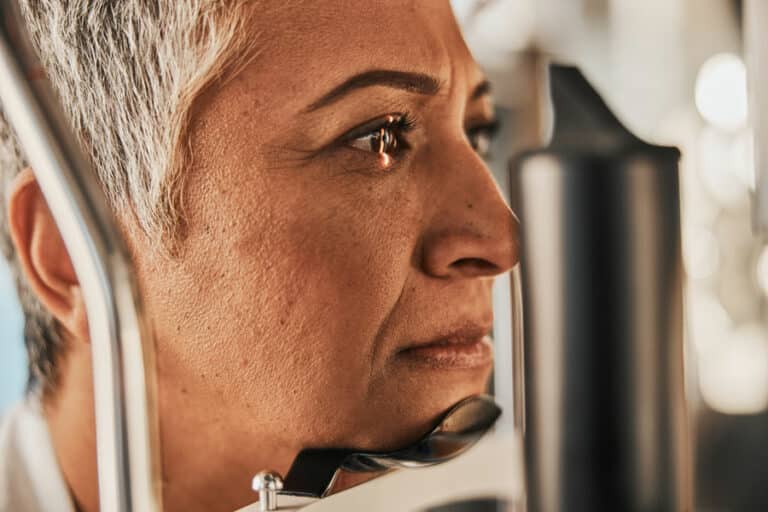How Soon Can You Exercise After a Refractive Lens Exchange?
You may have heard of LASIK and other kinds of laser vision correction. However, these procedures may not be the best option for everyone. Refractive lens exchange (RLE) is a highly effective way to correct your vision. It also has several other advantages that make it an increasingly popular choice.
What is Refractive Lens Exchange?
Your lens is a clear, curved disc found behind the iris (the colored part of the eye). It changes the angle of light as it enters your eye, focusing it on the retina. Instead of reshaping the cornea like a laser procedure, RLE removes your natural lens and replaces it with one that can focus light correctly. This new lens acts just like your natural one, and you cannot see or feel it. Once in place, these artificial lenses will stay with you for the rest of your life.

How Does Refractive Lens Exchange Work?
During the refractive lens exchange, a tiny ultrasound probe gently breaks apart your natural lens so it can be removed. The new lens is inserted into the capsule through an incision so small that it heals without sutures. You can expect the procedure to take approximately ten minutes per eye. Numbing is applied to the eye to ensure that you do not feel anything. Each eye is usually treated in a separate appointment.
How Soon Can You Exercise After a Refractive Lens Exchange?
Many people notice clearer vision almost immediately after their refractive lens exchange. You will receive prescription eye drops to control irritation and protect your eyes from infection. You can start adding light exercises such as walking, but no lifting, during the first week. Most people can resume their usual exercise routine after two weeks.
Request a Consultation
We’d love to help you get all the information you need in order to make the best choice for your eyes. Request a consultation today! Our staff is available and happy to answer your every question.
What Results Will I See After Laser Eye Surgery?
Your vision will continue to improve each day after your procedure. Your new lens stays in place and never needs to be removed. As an added benefit, RLE protects you from cataracts. While all natural lenses will eventually develop this clouding, your replacement lenses will stay clear for a lifetime. People who have RLE may no longer need reading glasses or their usual corrective lenses.
Am I a Good Candidate for Refractive Lens Exchange?
Your new lenses can correct nearsightedness, farsightedness, and astigmatism. RLE even works for many people whose prescriptions are too strong for laser vision correction. Unlike LASIK, refractive lens exchange can treat presbyopia, age-related hardening of the lens that causes many people to need reading glasses. While most healthy adults can have this procedure, the average candidate is over 40.
Take the Next Step
To learn more about refractive lens exchange, please schedule your consultation by either filling out the form on this page or by calling (780) 452-4111. We look forward to helping you!





